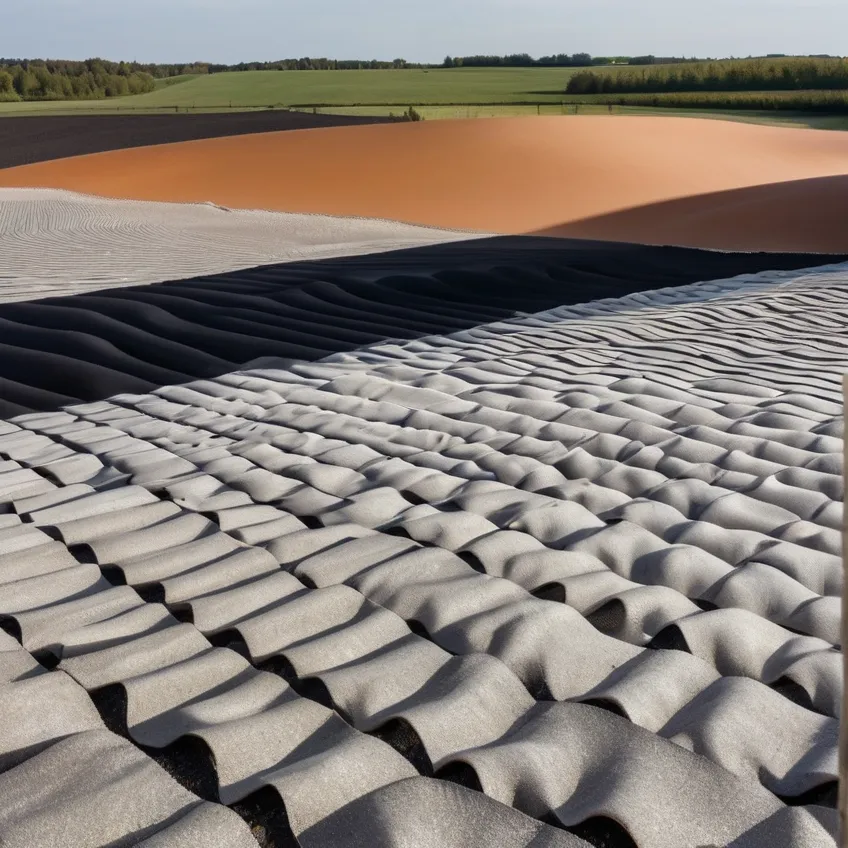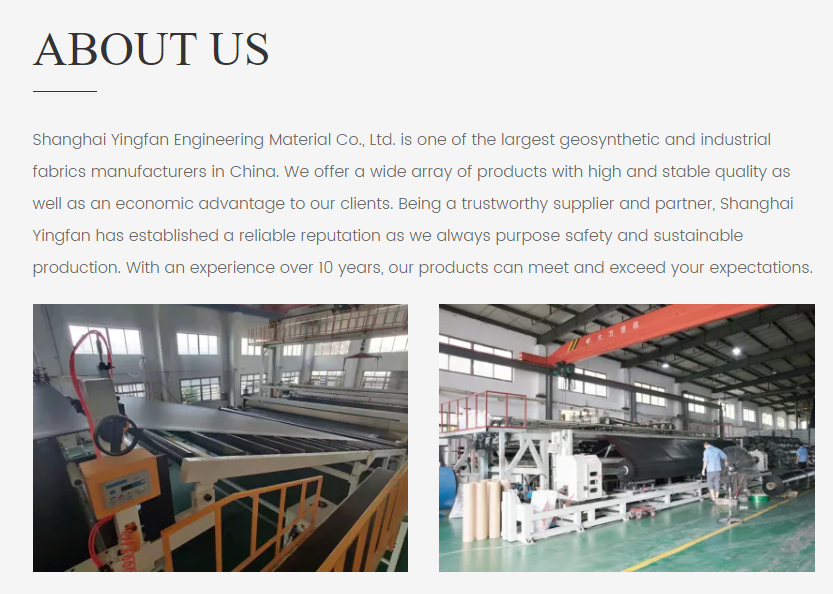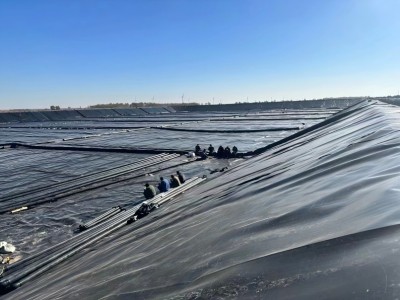
Geomembranes and Geotextiles: Perfect Pair
2024-08-16 15:00
Geomembranes and Geotextiles: A Powerful Partnership for Construction
Geomembranes and geotextiles are essential components in modern construction and environmental engineering. When used in concert, they create a robust system that enhances project performance, durability, and environmental protection. This article delves into the key characteristics, applications, and benefits of these materials.
Understanding Geomembranes and Geotextiles
Geomembranes are impermeable sheets designed to prevent the passage of liquids and gases. They are typically constructed from high-density polyethylene (HDPE) or polyvinyl chloride (PVC). In contrast, geotextiles are permeable fabrics that allow water to pass through while providing filtration, separation, reinforcement, protection, or drainage functions.
The Benefits of Combining Geomembranes and Geotextiles
A synergistic relationship exists between geomembranes and geotextiles. When used together, they offer several advantages:
Enhanced performance: Geotextiles protect geomembranes from punctures and tears, extending their lifespan.
Improved drainage: Geotextiles facilitate water drainage, preventing hydrostatic pressure buildup.
Soil reinforcement: Geotextiles reinforce soil structures, increasing stability.
Cost-effectiveness: Combining geomembranes and geotextiles often leads to cost savings compared to traditional methods.

Applications of Geomembranes and Geotextiles
The versatile nature of geomembranes and geotextiles allows for a wide range of applications, including:
Waste management: Lining landfills and waste containment areas to prevent leachate contamination.
Water management: Creating artificial ponds, reservoirs, and canals.
Environmental protection: Protecting water bodies from pollution.
Civil engineering: Building roads, railways, and retaining walls.
Agriculture: Constructing irrigation systems and drainage channels.
Selecting the Right Geomembrane and Geotextile
Choosing the appropriate geomembrane and geotextile requires a comprehensive understanding of project-specific conditions. Factors such as soil type, climate, and project requirements must be considered. Partnering with a reputable geomembrane and geotextile manufacturer is crucial for selecting the right materials and ensuring project success.

Conclusion
Geomembranes and geotextiles are indispensable materials in modern construction and environmental engineering. When used together, they create a powerful system that enhances project performance and durability. By partnering with a reliable geomembrane and geotextile supplier like YINGFAN, you can ensure the success of your project.
FAQ:
Q: What are geomembranes and geotextiles used for?
A: Geomembranes are waterproof sheets that prevent liquids and gases from passing through. Geotextiles are fabrics that allow water to pass through while providing support. Together, they are used in construction, environmental protection, and agriculture.
Q: What are the benefits of using geomembranes and geotextiles?
A: They protect the environment, improve project efficiency, and increase the lifespan of structures.
Q: How do geomembranes and geotextiles work together?
A: Geomembranes provide a waterproof barrier, while geotextiles protect the geomembrane and improve drainage.
Q: What factors should I consider when choosing geomembranes and geotextiles?
A: Consider the specific needs of your project, such as the type of soil, climate, and the materials that will come into contact with the geomembrane or geotextile.
Q: How do I install geomembranes and geotextiles?
A: Installation methods vary based on the project. It's recommended to hire a professional installer to ensure proper installation.








